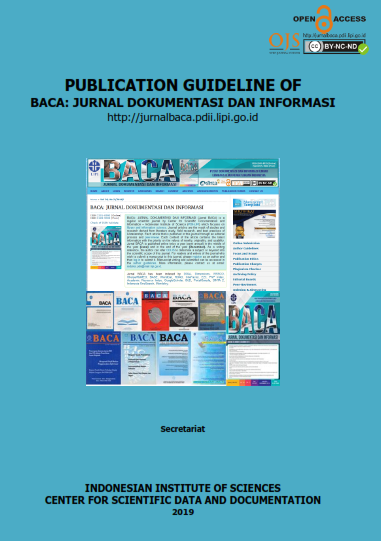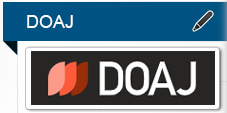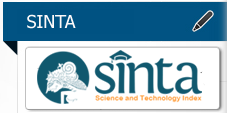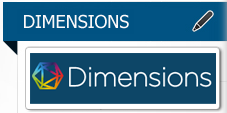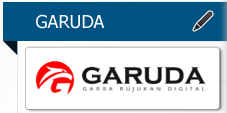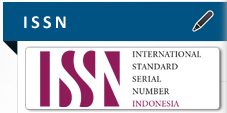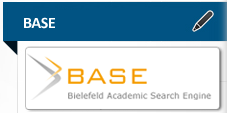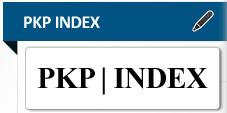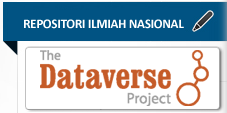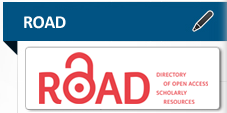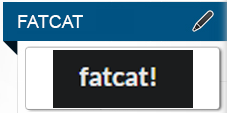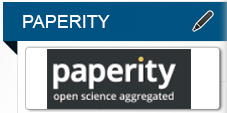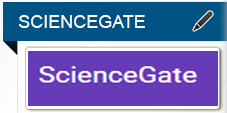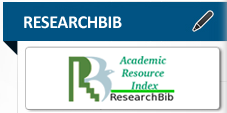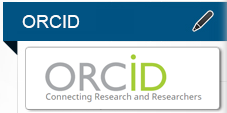KOMPETENSI PUSTAKAWAN DALAM MENGANALISIS KATA KUNCI
Abstract
This study aims to determine the frequency of ISJD keyword analysis in the five PDDI LIPI Regional Libraries, compare the frequency of keywords between regions, and the competence in analyzing keywords. This study used qualitative research methods with a population of 27 people. The survey results are based on keyword analysis and questionnaires, broad into three aspects: knowledge, infrastructure, and training. Also, in-depth interviews were conducted with five informants, with specific criteria on length of work and experience in processing library materials. The data collection stage found that most keywords were produced by the Bandung Regional Library (45%), and the top three keywords were identified in each area. In the aspect of knowledge, librarians in each area generally understand DDC, thesaurus, and EYD (55-80%) and science and technology symbols (45-55%). Most librarians who analyze keywords understand the ISJD, LCSH, and other Thesaurus fields. However, the five informants understood at a different stage and prioritized using the thesaurus. In infrastructure aspects, it was found that the internet network was very influential (60%), with sufficient facilities, which was also agreed by the informants. However, there are still obstacles in business processes and ISJD systems (30-41%). In the training aspect, respondents have received it (85%), but need refreshments (59%) and work guidance documents. So, it can be concluded that librarian competence still needs to be improved in journal processing in ISJD.
Keywords
Full Text:
PDF (Bahasa Indonesia)References
Bang, C.C. 2015. Information Systems Frontiers: Keyword Analysis and Classification. Information Systems Frontiers, 17(1), 217-237.
Bin-Hashim, L., & Mokhtar, W. 2012. Preparing New Era Librarians and Information Professionals: Trends and Issues. International Journal of Humanities and Social Science, 2(7), 151-155.
Bratt, S. 2018. Digital Library Keyword Analysis for Visualization Education Research. Journal of Applied Research in Higher Education, 10(4), 595-611. doi:10.1108/jarhe-03-2018-0047.
Budiningsih, I., Soehari, T.D., & Ahmad, M. 2017. Increase Competency Through Training Interventions. Int J Appl Bus Econ Res, 15(6), 249-266.
Chen, Y.N., & Ke, H.R. 2014. A Study on Mental Models of Taggers and Experts for Article Indexing based on Analysis of Keyword Usage. Journal of the Association for Information Science and Technology, 65(8), 1675-1694.
Cheng, F., Huang, Y., Yu, H., & Wu, C. 2018. Mapping Knowledge Structure by Keyword Co-Occurrence and Social Network Analysis: Evidence from Library Hi Tech Between 2006 and 2017. Library Hi Tech, 36(4), 636-650. doi:10.1108/LHT-01-2018-0004.
Cheng, Q., Wang, J., Lu, W., Huang, Y., & Bu, Y. 2020. Keyword-Citation-Keyword Network: A New Perspective of Discipline Knowledge Structure Analysis. Scientometrics, 124(3), 1923-1943. doi:10.1007/s11192-020-03576-5.
Choi, J., Yi, S., & Lee, K. C. 2011. Analysis of Keyword Networks in MIS Research and Implications for Predicting Knowledge Evolution. Information & Management, 48(8), 371-381.
Feng, J., Zhang, Y. Q., & Zhang, H. 2017. Improving the Co-Word Analysis Method Based on Semantic Distance. Scientometrics, 111(3), 1521–1531.
Gross, G., & Taylor, T. 2005. What Have We Got to Lose? The Effect of Controlled Vocabulary on Keyword Searching Results. College & Research Libraries, 66(3): 212-230. doi:10.5860/crl66.3.212.
Hu, K., Wu, H., Qi, K., Yu, J., Yang, S., Yu, T., . . . Liu, B. 2018. A Domain Keyword Analysis Approach Extending Term Frequency-Keyword Active Index with Google Word2Vec Model. Scientometrics, 114(3), 1031-1068. doi:10.1007/s11192-017-2574-9.
Huvila, I., Holmberg, K., Kronqvist-Berg, M., Nivakoski, O., & Widén, G. 2013. What is Librarian 2.0–New Competencies or Interactive Relations? A Library Professional Viewpoint. Journal of Librarianship and Information Science, 45(3), 198-205.
Kusnadar, V.B. 2018. Sumber BPS Berapa Jumlah Penduduk Usia Produktif Indonesia? Proyeksi Jumlah Penduduk Indonesia Menurut Kelompok Usia (2015-2045). https://databoks.katadata.co.id/datapublish/2019/09/09/berapa-jumlah-penduduk-usia-produktif-indonesia.
Librarianship-Studies. L. 2017. Librarianship Studies and Information Technology: Vocabolary Control. https://www.librarianshipstudies.com/2017/03/vocabulary-control.html.
LIPI, I. 2020. Indonesian Scientific Journal Database. http://isjd.pdii.lipi.go.id.
LIPI, I. 2014. Peraturan Kepala LIPI No.1 Tahun 2014 tentang Organisasi dan Tata Kerja Lembaga Ilmu Pengetahuan Indonesia. Jakarta.
LIPI, I. 2019. Peraturan Kepala LIPI No.1 Tahun 2019 tentang Organisasi dan Tata Kerja Lembaga Ilmu Pengetahuan Indonesia. Jakarta.
LIPI, I. 2019. Panduan Analis Validasi. Jakarta. PDDI-LIPI.
McNamara, C. 1999. General Guidelines for Conducting Interviews, Minnesota.
Mulyadi, M. 2019. Stereotop Gender di Perpustakaan. JIPI: Jurnal Ilmu Perpustakaan dan Informasi, 4(1), 18-30.
OCLC, O. 2019. Introduction to the Dewey Decimal Classification. https://www.oclc.org/content/dam/oclc/dewey/versions/print/intro.pdf.
Ogunsola, L.A. 2011. The Next Step in Librarianship: Is The Traditional Library Dead? Library Philosophy and Practice.
PDDI-LIPI, I. 2015. Thesaurus Iptek 2020. Jakarta.
Perpusnas, I. 2015. Peraturan Kepala Perpustakaan Nasional Republik Indonesia Nomor 11 tahun 2015 tentang Petunjuk Teknis Jabatan Fungsional Pustakawan dan Angka Kreditnya. Jakarta.
Perpusnas, I. 2016. Peraturan Kepala Perpustakaan Nasional Republik Indonesia Nomor 6 tahun 2016 tentang Rencana Induk Pengembangan Standar Kompetensi Kerja Nasional Indonesia Bidang Perpustakaan. Jakarta.
Perpusnas, I. 2015. Peraturan Menteri Pendayagunaan Aparatur Negara dan Reformasi Birokrasi Republik Indonesia Nomor 9 Tahun 2014 tentang Jabatan Fungsional Pustakawan dan Angka Kreditnya. Jakarta.
Porter, J. H. 2019. Evaluating a Thesaurus for Discovery of Ecological Data. Ecological Informatics, 51: 151-156. doi:10.1016/j.ecoinf.2019.03.002.
Shahbazi, R., & Hedayati, A. 2016. Identifying Digital Librarian Competencies According to The Analysis of Newly Emerging IT-based LIS Jobs in 2013. The Journal of Academic Librarianship, 42(5): 542-550.
Shaw, K. 2020. What is Wi-Fi and Why is It So Important? https://www.networkworld.com/article/3560993/what-is-wi-fi-and-why-is-it-so-important.html.
Wang, Z.-Y., Li, G., Li, C.-Y., & Li, A. 2012. Research on The Semantic-Based Co-Word Analysis. Scientometrics, 90(3), 855–875.
DOI: https://doi.org/10.14203/j.baca.v42i1.734
Copyright (c) 2021 BACA: JURNAL DOKUMENTASI DAN INFORMASI

This work is licensed under a Creative Commons Attribution-NonCommercial-NoDerivatives 4.0 International License.











